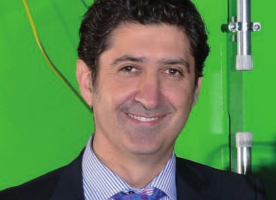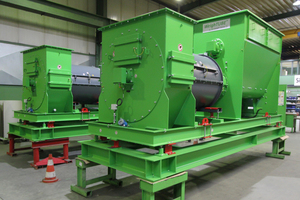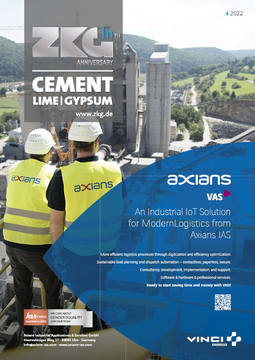Every morning when I enter our production plant in Beckum, I pass by a couple of bookshelves where we store a kind of research library for our employees with many classical textbooks, norms, theses, etc. In recent years, somehow, I developed a feeling, that this physical library feels probably a bit outdated these days. In our professional lives, we are dealing with digitalization every day and it became normal for us to remotely commission and service our installations worldwide via modern communication platforms such as cloud services and industry 4.0 approaches.
In addition, as a company in general we developed from a classical mechanical engineering company to a full supplier of turnkey modern feeding lines for alternative fuels and other bulk materials and it became the gold standard for us to deal with visionary technologies like 3D printing for rapid prototyping and automation.
So, I am asking myself, does it really make sense to still have these old books sitting there on our shelves? Then I see one area of our research library where we store numerous previous back issues of the ZKG Cement Lime Gypsum magazine. There are editions from the 60s and 70s, when my father Orlando started the family business as a supplier for the local cement industry. Occasionally I just stand there to scroll through the pages and in this moment, it is clear to me: we cannot master the challenges of the future, if we forget where we came from and what great researchers and engineers have done before us. The ZKG magazine with a history of 111 years is a vital part of those great achievements and developments in the cement and lime industry and if you are doing a job for so long and you are still relevant today, it seems that you’re doing the job just right.
However, also ZKG became digital and nowadays, the services on the internet are maybe more important than the printed word. Nevertheless, these old books and magazines will remain on their shelves to remind us every day that we need to continue our journey towards a greener cement production and we are standing on the shoulder of giants who have left their footprint in the industry.
Congratulations to the ZKG and the whole team who put such great efforts into every issue of the magazine. We are grateful to all authors who contributed thousands and thousands of articles throughout these years in order to provide the possibility for us as readers and active members of the cement community to learn and develop new ideas!



